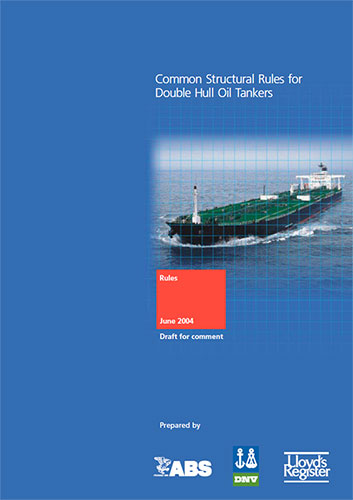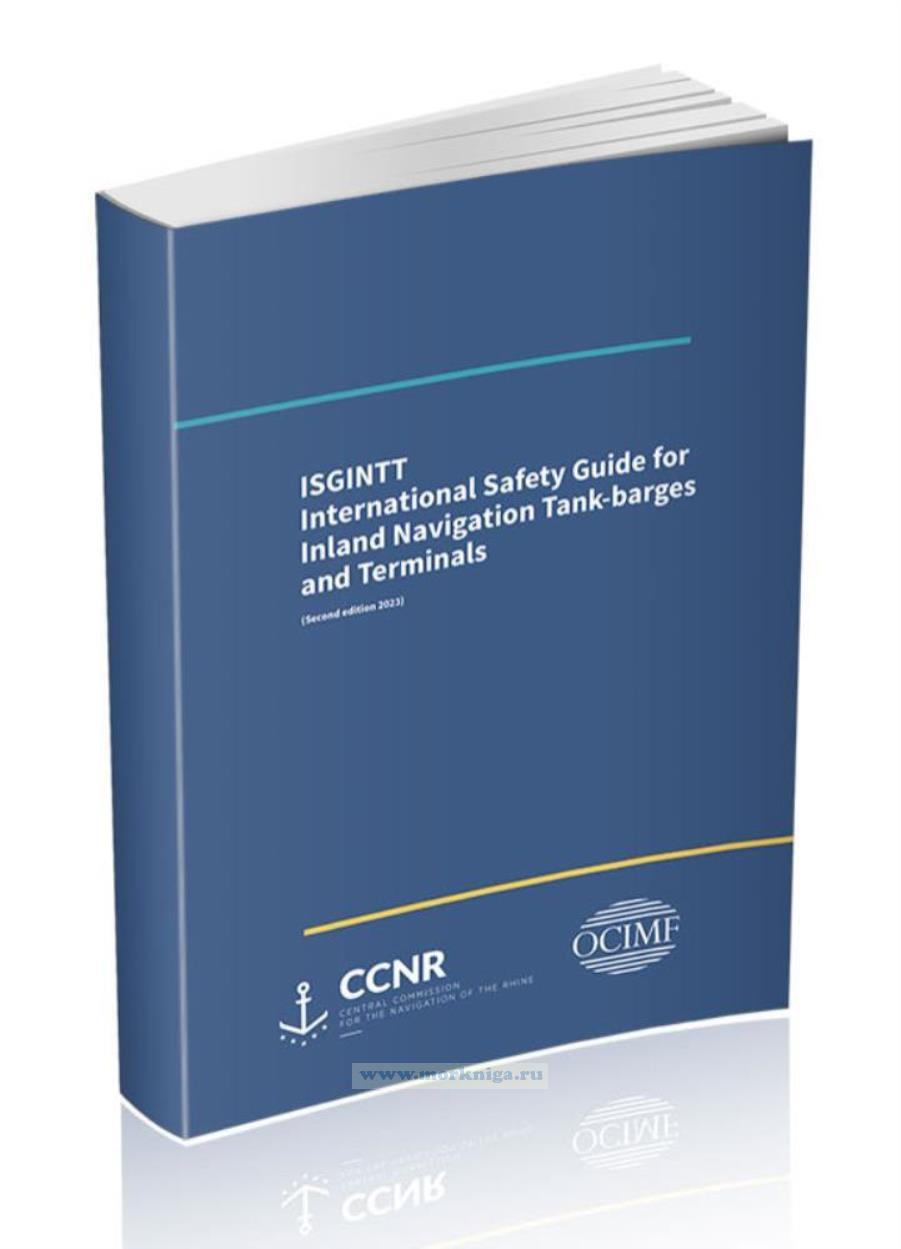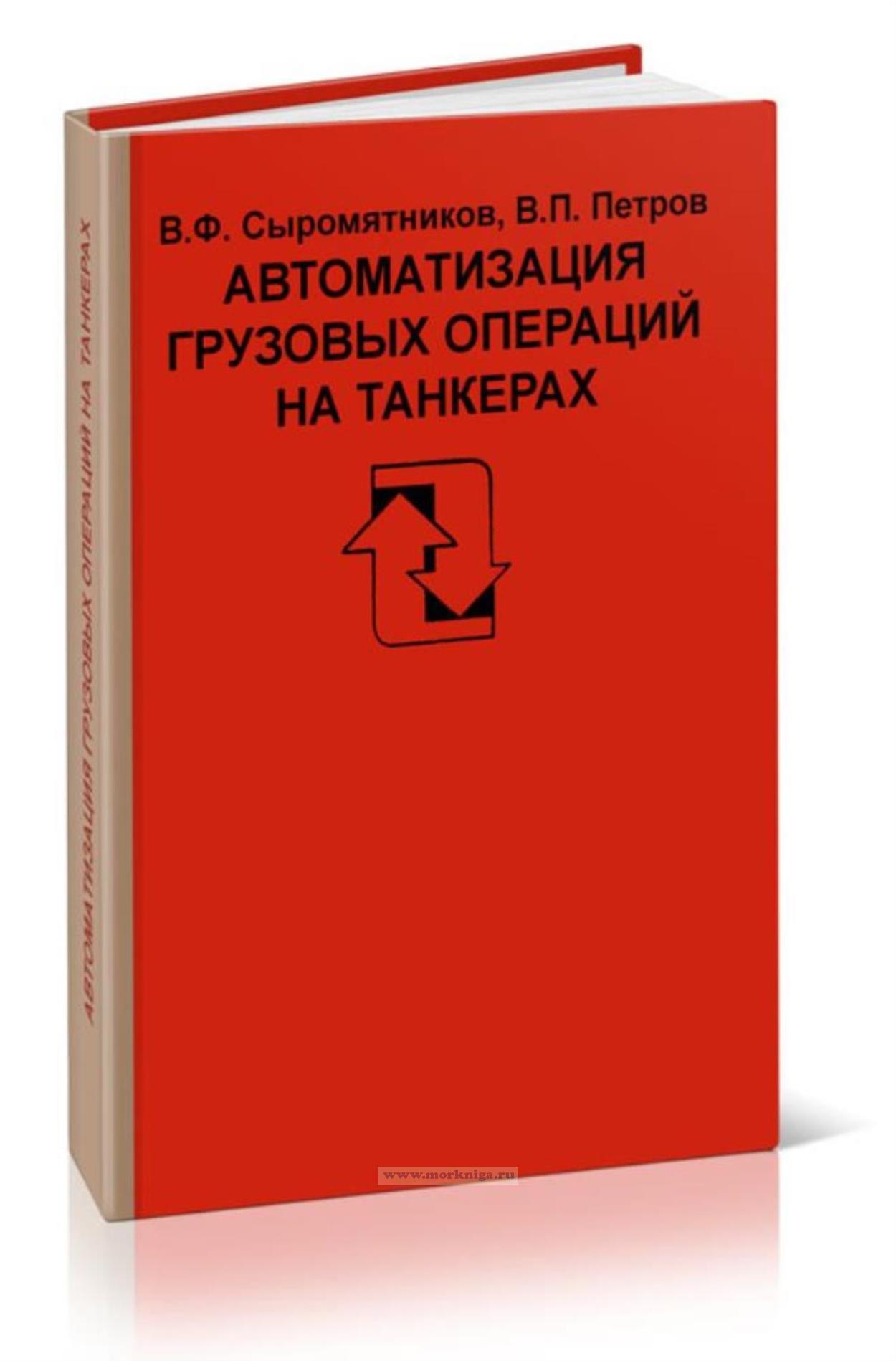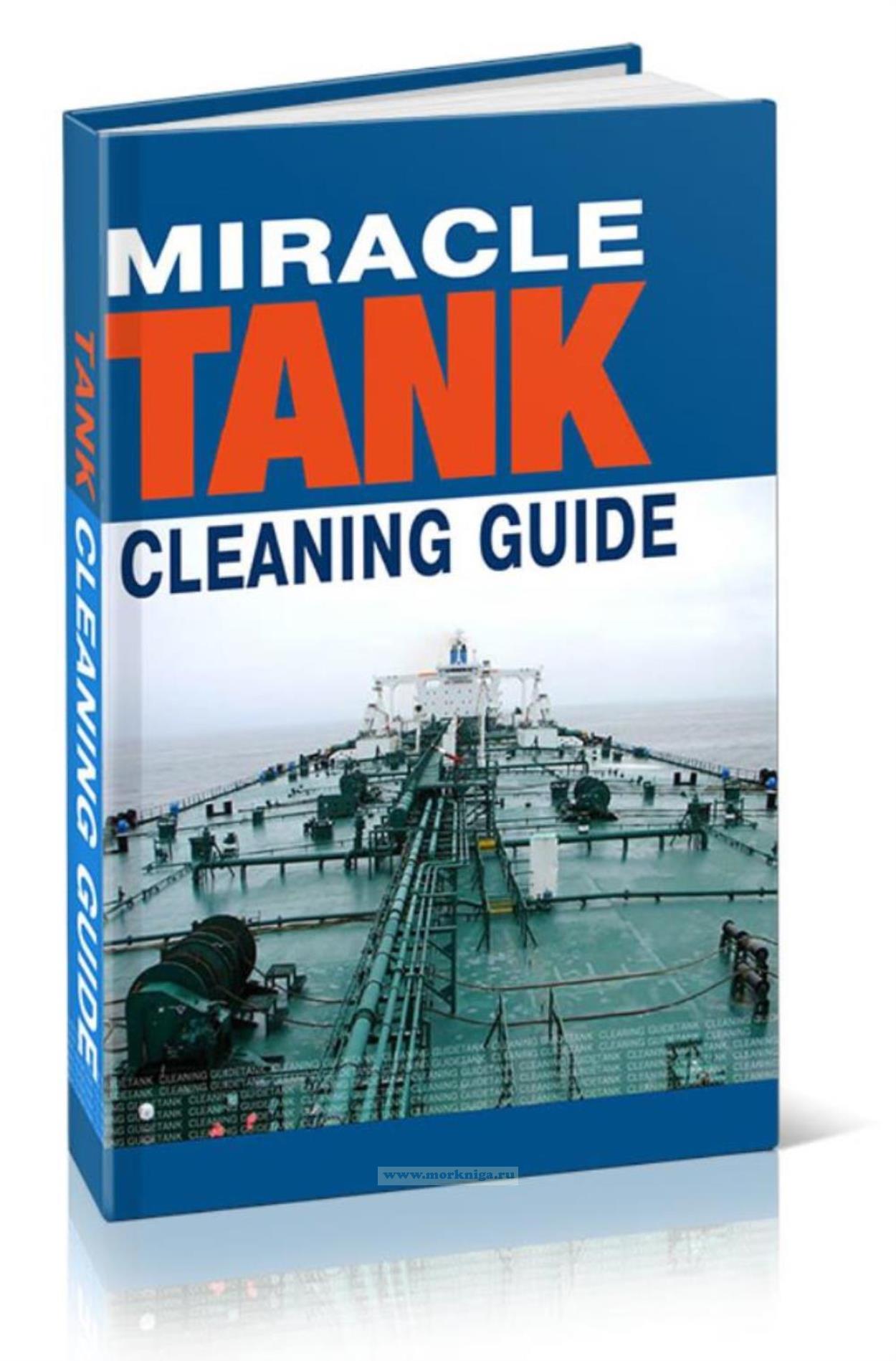Сб с 10 до 16
Common Structural Rules for Double Hull Oil Tankers/Общие структурные правила для нефтяных танкеров с двойным корпусом
Издание на английском языке
Three Classification Societies formally agreed in early 2002 to commence a major project to jointly develop a single set of Classification Rules and Procedures for the hull structure of oil tankers. One of the principle objectives in achieving the overall goal was to develop a set of common Rules that would avoid the possible competition between Classification Societies on the minimum safety standards. Since that decision, the three Classification Societies have combined their unique experience and expertise to produce a set of Common Structural Rules for Double Hull Oil Tankers of length equal to or greater than 150 metres and such Rules are presented in this document. It is to be particularly noted that in developing these Rules due cognizance has been taken of ensuring that the overall safety of the hull structure is equivalent or better than existing design criteria, has sufficient durability in terms of corrosion margin and fatigue strength, and the need to transparently define the relationship between required scantlings for design and those for renewal.
Contents
Section 1 - Introduction
1 Introduction to the Common Structural Rules for Oil Tankers
1.1 General
1.2 Application of Individual Classification Rules
1.3 Guidance on Rule Structure
Section 2 - Underlying principles
1 Framework for Development of the Rules
1.1 General
2 Objectives
2.1 General
3 Systematic Review
3.1 General
4 General Assumptions
4.1 General
5 Design Basis
5.1 General
6 Design Principles
6.1 Overall Principles
6.2 Loads
6.3 Structural Capacity Assessment
6.4 Materials and Welding
6.5 Assessment/Acceptance Criteria
6.6 Principal of Safety Equivalence
6.7 Types of Rule Requirements
7 Application of Principles
7.1 Overview of Structural Design Process
Section 3 - Rule application
1 Notations
1.1 Notations
2 Documentation, Plans and Data Requirements
2.1 Documentation and Data Requirements
2.2 Submission of Plans and Supporting Calculations
3 Scope of Approval
3.1 General
3.2 Classification
3.3 Requirements of International Regulations
3.4 National Requirements
4 Novel Designs
4.1 General
5 Calculation and Evaluation of Scantling requirements
5.1 Calculation and Evaluation of Scantling Requirements for Plates
5.2 Calculation and Evaluation of Scantling Requirements for Stiffeners
5.3 Calculation and Evaluation of Scantling Requirements for Primary Support Members
Section 4 - Basic information
1 Definitions
1.1 Principal Particulars
1.2 Position 1 and Position 2
1.3 Coordinate System
1.4 Naming Convention
1.5 Symbols
1.6 Units
1.7 Glossary
2 Structural idealisation
2.1 Definition of Span
2.2 Definition of Spacing and Supported Breadth
2.3 Effective Breadth of Plating
2.4 Geometrical Properties
2.5 Effective Web Area
3 Structure Design Details
3.1 Standard Construction Details
3.2 Termination of Local Support Member
3.3 Termination of Primary Support Members
3.4 Intersections of Continuous Local Support Members and Primary Support Members
3.5 Openings
3.6 Reinforcement at Knuckles
3.7 Fatigue Strength
Section 5 - Structural arrangement
1 General
1.1 National and International Regulations
2 Watertight Subdivision
2.1 Subdivision and Stability
2.2 Watertight Bulkhead Arrangement
2.3 Position of Collision Bulkhead
2.4 Position of Aft Peak Bulkhead
3 Double Hull Arrangement
3.1 General
3.2 Double Bottom
3.3 Double Side
4 Separation of Spaces
4.1 Separation of Cargo Oil Tanks
4.2 Slop Tanks
4.3 Cofferdam Spaces
4.4 Structural, Mechanical and Electrical Requirements (Regulation II-1/3-1)
4.5 Fire Safety Measures (Chapter II-2)
5 Access Arrangements
5.1 Access to Upper Deck
5.2 Access to the Bow
5.3 Access to Spaces in the Cargo Area
5.4 Closing Arrangements
5.5 Navigation Bridge
Section 6 - Materials and welding
1 Steel Grades
1.1 Hull Structural Steel
1.2 Application of Steel Materials
1.3 Aluminium Alloys
2 Corrosion Protection Including Coatings
2.1 Hull Protection
3 Corrosion additions
3.1 General
3.2 Local Corrosion Additions
3.3 Application of Corrosion Additions
4 Fabrication
4.1 General
4.2 Cold Forming
4.3 Hot Forming
4.4 Welding
5 Weld Design and Dimensions
5.1 General
5.2 Butt Joints
5.3 Tee or Cross Joints
5.4 Lapped Joints
5.5 Slot Welds
5.6 Stud Welds
5.7 Determination of the Size of Welds
5.8 Weld for Structures Subject to High Tensile Stresses
5.9 Reduced Weld Size
5.10 End Connections of Pillars and Cross ties
5.11 Alternatives
Section 7 - Loads
1 Introduction
1.1 General
1.2 Definitions
2 Static load Components
2.1 Global Static Loads
2.2 Local Static Loads
3 Dynamic Load Components
3.1 General
3.2 Motions
3.3 Ship Accelerations
3.4 Global Dynamic Loads
3.5 Local Dynamic Loads
4 Sloshing and impact loads
4.1 General
4.2 Sloshing Pressure in Tanks
4.3 Bottom Slamming Loads
4.4 Bow Impact Loads
5 Accidental Loads
5.1 Flooded Condition
6 Combination of Loads
6.1 General
6.2 Combination of Static and Dynamic Load Components
6.3 Load Cases and Load Combination for FEM
6.4 Load Cases and Load Combination for Scantling Requirements
6.5 Load Combination for Fatigue
Section 8 - Scantling requirements
1 Longitudinal Strength
1.1 Loading Guidance
1.2 Hull Girder Section Particulars
1.3 Tapering of Hull Girder Section Modulus and Material
1.4 Hull Girder Bending Strength
1.5 Hull Girder Shear Strength
1.6 Hull Girder Buckling Strength
1.7 Hull Girder Fatigue Strength
2 Cargo Area
2.1 General
2.2 Hull Envelope Plating
2.3 Hull Envelope Framing
2.4 Inner Bottom
2.5 Bulkheads
2.6 Primary Support Members
3 Structure Forward of the Forward Cargo Hold
3.1 General
3.2 Bottom Structure
3.3 Side Structure
3.4 Deck Structure
3.5 Tank Bulkheads
3.6 Watertight Boundaries
3.7 Wash Bulkheads
3.8 Superstructure
3.9 Miscellaneous Structures
3.10 Scantling Requirements and Design Loads
4 Machinery Space
4.1 General
4.2 Bottom Structure
4.3 Side Structure
4.4 Deck Structure
4.5 Machinery Foundations
4.6 Tank Bulkheads
4.7 Watertight Boundaries
4.8 Scantling Requirements and Design Loads
5 Aft End
5.1 General
5.2 Bottom Structure
5.3 Shell Structure
5.4 Deck Structure
5.5 Tank Bulkheads
5.6 Watertight Boundaries
5.7 Wash Bulkheads
5.8 Miscellaneous Structures
5.9 Scantling Requirements and Design Loads
6 Evaluation of Structure for Sloshing and Impact Loads
6.1 General
6.2 Sloshing in Tanks
6.3 Bottom Slamming
6.4 Bow Impact
7 Application of Scantling Requirements to Other Structure
7.1 General
7.2 Scantling Requirements
Section 9 - Design verification
1 Hull Girder Ultimate Strength
1.1 General
1.2 Rule Criteria
1.3 Hull Girder Bending Moment Capacity
1.4 Partial Safety Factors
2 Strength assessment (FEM)
2.1 General
2.2 Global Cargo Tank Structural Strength Analysis
2.3 Local Fine Mesh Structural Strength Analysis
3 Fatigue Strength
3.1 Fatigue Evaluation
3.2 Fatigue Criteria
3.3 Locations to Apply
3.4 Fatigue Assessment Methods
Section 10 - Buckling and ultimate strength
1 General
1.1 Strength Criteria
2 Stiffness and Proportions
2.1 Structural Elements
2.2 Local Support Members
2.3 Primary Support Members
2.4 Other Structure
3 Prescriptive Buckling Requirements
3.1 General
3.2 Buckling of Plates
3.3 Buckling of Stiffeners
3.4 Primary Support Members
3.5 Other Structures
4 Advanced Buckling Analyses
4.1 General
Section 11 - General requirements
1 Hull Openings and Closing Arrangements
1.1 Shell and Deck Openings
1.2 Ventilators
1.3 Air and Sounding Pipes
1.4 Deckhouses and Companionways
1.5 Scuppers, Inlets and Discharges
2 Crew Protection
2.1 Bulwarks and Guardrails
2.2 Tank Access
2.3 Bow Access
3 Support Structure and Structural Appendages
3.1 Support Structure for Deck Equipment
3.2 Docking
3.3 Bilge Keels
4 Equipment
4.1 Equipment Number Calculation
4.2 Anchors and Mooring Equipment
4.3 Emergency Towing
5 Testing Procedures
5.1 Tank Testing
Section 12 - Ship in operation renewal criteria
1 Wastage Allowance
1.1 General
1.2 Local Wastage Allowance
1.3 Overall Hull Girder Wastage Allowance
1.4 Assessment of Thickness Measurements
Appendix A - Hull girder ultimate strength
1 General
1.1 Definitions
1.2 Application
1.3 Assumptions
1.4 Alternative methods
2 Calculation of Hull Girder Ultimate Capacity
2.1 Procedure
3 Alternative Methods
3.1 General
3.2 Methods
Appendix B - Structural strength assessment
1 General
1.1 Application
1.2 Symbols and Definitions
2 Global Cargo Tank Structural Strength Analysis
2.1 Assessment
2.2 Structural Modelling
2.3 Loading Conditions
2.4 Application of Loads
2.5 Procedure to Adjust Hull Girder Shear Forces and Bending Moments
2.6 Boundary Conditions
2.7 Result Evaluation
3 Local Fine Mesh Structural Strength Analysis
3.1 General
3.2 Structural Modelling
3.3 Loading Conditions
3.4 Application of Loads and Boundary Conditions
3.5 Result Evaluation and Acceptance Criteria
4 Evaluation of Hot Spot Stress for Fatigue Analysis
4.1 Application
4.2 Structural Modelling
4.3 Loading Conditions
4.4 Boundary Conditions
4.5 Result Evaluation
Appendix C - Fatigue strength assessment
1 Nominal Stress Approach
1.1 General
1.2 Corrosion Model
1.3 Loads
1.4 Fatigue Damage Calculation
1.5 Classification of Structural Details
2 Hot Spot Stress (FE based) Approach
2.1 General
2.2 Corrosion Model
2.3 Loads
2.4 Fatigue Damage Calculation
2.5 Detail Design Standard
Appendix D - Buckling strength assessment
1 Advanced Buckling Analysis
1.1 General
2 Advanced Buckling Analysis Method
2.1 General
3 Application and Structural Modelling Principles
3.1 General
4 Assessment Criteria
4.1 General
4.2 Utilisation Factors
5 Longitudinal Strength Buckling Procedure
5.1 General
5.2 Load Application
5.3 Structural Modelling and Buckling Assessment
5.4 Limitations of the Advanced Bucking Assessment Method
6 Strength Assessment (FEM) – Buckling Procedure
6.1 General
6.2 Structural Modelling and Capacity Assessment Method
6.3 Load Application
6.4 Limitations of the Advanced Bucking Assessment Method
7 Ultimate Hull Girder Strength Assessment
7.1 General
7.2 Load Application
7.3 Structural Modelling and Buckling Assessment





 International Safety Guide for Inland Navigation Tank-barges and Terminals (ISGINTT)/Международное руководство по безопасности для танкеров внутреннего плавания и терминало
International Safety Guide for Inland Navigation Tank-barges and Terminals (ISGINTT)/Международное руководство по безопасности для танкеров внутреннего плавания и терминало  Автоматизация грузовых операций на танкерах
Автоматизация грузовых операций на танкерах  Miracle Tank Cleaning Guide
Miracle Tank Cleaning Guide